Sign up for workout ideas, training advice, reviews of the latest gear and more.

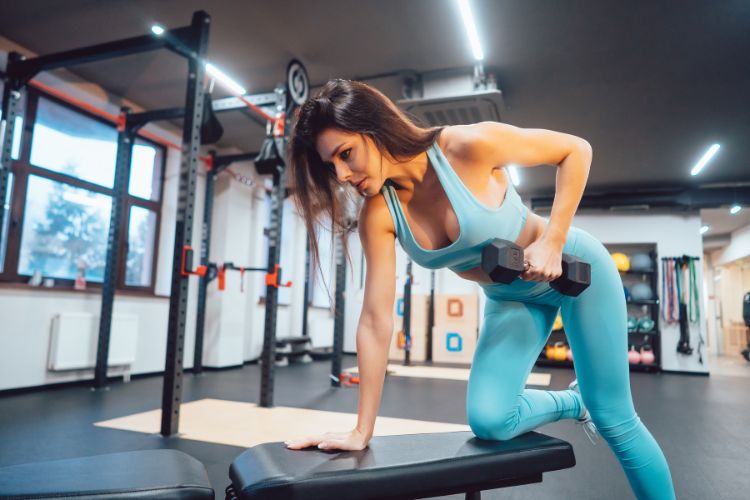
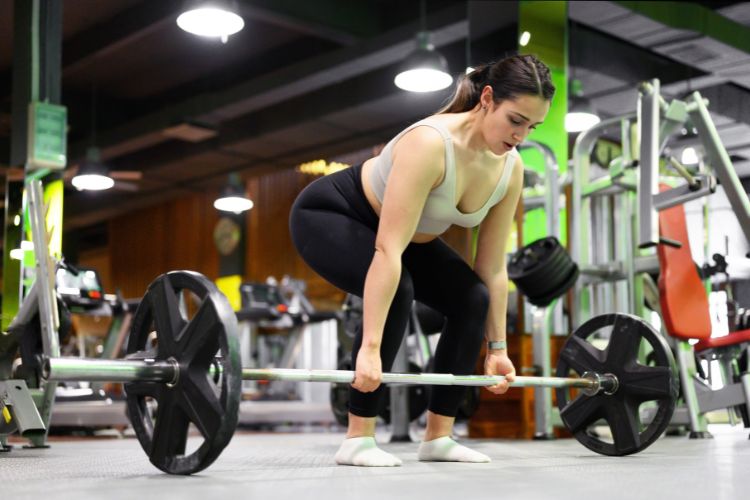
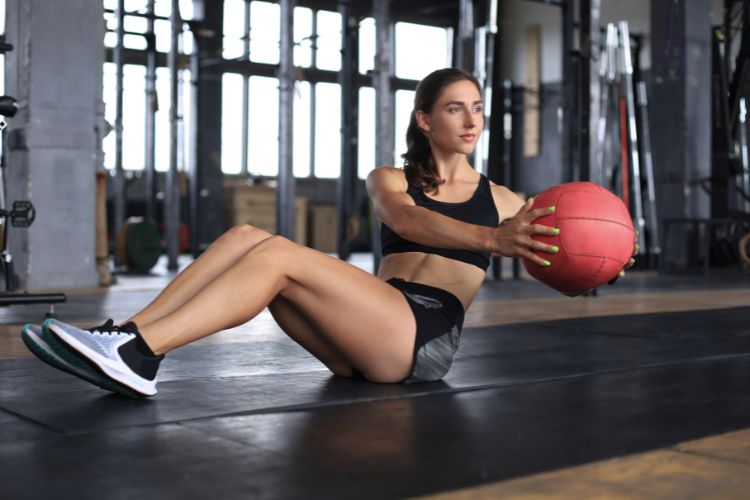
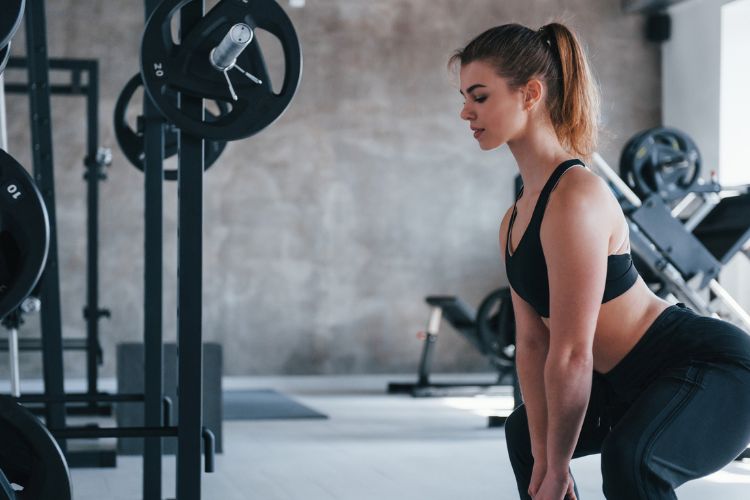
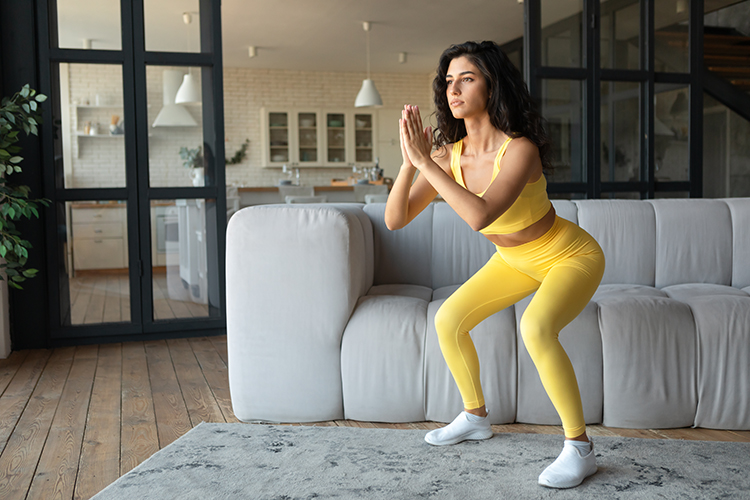
The gluteal muscles, commonly known as the glutes, are one of the most powerful muscle groups in the body. Comprising the gluteus maximus, gluteus medius, and gluteus minimus, these muscles play a crucial role in maintaining posture, supporting lower body movements, and contributing to overall athletic performance. For women, strong glute exercises at home not only enhance physical aesthetics but also provide functional benefits such as improved balance, reduced risk of injury, and better overall body mechanics.
In this blog post, we will explore effective glute exercises that can be performed at home without the need for extensive equipment. Whether you are a beginner or an experienced fitness enthusiast, these exercises will help you strengthen and tone your glutes, leading to a more defined and sculpted lower body.
Before diving into specific exercises, it’s essential to understand why training the glutes is vital, especially for women. The gluteal muscles are responsible for various functions, including hip extension, abduction, and rotation. Strengthening these muscles can lead to numerous benefits:
Now that we’ve established the importance of glute training, let’s explore some of the best exercises you can do at home. These exercises require minimal equipment and can be modified to suit different fitness levels.
The glute bridge is a fundamental exercise that targets the gluteus maximus while also engaging the core and hamstrings. It’s an excellent starting point for beginners and can be intensified with variations.
How to Perform:
Variations:
Squats are a staple lower body exercise that targets the glutes, quads, and hamstrings. They can be performed anywhere and are highly effective for building glute strength.
How to Perform:
Variations:
Lunges are another versatile exercise that targets the glutes along with the quads and hamstrings. They can be done in various directions to work different parts of the glutes.
How to Perform:
Variations:
Donkey kicks are an excellent isolation exercise that targets the gluteus maximus, helping to lift and shape the buttocks.
How to Perform:
Variations:
Step-ups are a functional exercise that mimics the movement of climbing stairs. They effectively target the glutes, quads, and hamstrings.
How to Perform:
Variations:
Hip thrusts are one of the most effective exercises for isolating and building the glute muscles. They can be performed with or without weights.
How to Perform:
Variations:
Clamshells are a great exercise for targeting the gluteus medius, which helps stabilize the pelvis and supports lateral movements.
How to Perform:
Variations:
To maximize the effectiveness of your glute training, it’s essential to structure your workouts properly. Here are some tips to help you get the most out of your glute exercises at home:
Always start with a warm-up to increase blood flow to the muscles and prepare your body for the workout. A dynamic warm-up that includes movements like leg swings, bodyweight squats, and hip circles is ideal.
Incorporate a variety of exercises that target different parts of the glutes. Include compound movements like squats and lunges, as well as isolation exercises like donkey kicks and clamshells.
For muscle growth and strength, aim for 3-4 sets of 8-12 repetitions per exercise. If you’re focusing on endurance or toning, you can increase the reps to 15-20 with slightly lighter resistance.
To continue making progress, gradually increase the difficulty of your workouts. This can be done by adding weight, increasing resistance with bands, or trying more challenging exercise variations.
Give your muscles time to recover by resting for 48 hours between glute-focused workouts. Recovery is crucial for muscle growth and preventing overtraining.
End your workout with a cool-down and stretching routine to improve flexibility and reduce muscle soreness. Focus on stretches that target the glutes, hips, and lower back.
When training your glutes at home, it’s important to be mindful of common mistakes that can hinder your progress or lead to injury. Here are some pitfalls to avoid:
Proper form is crucial for activating the glutes effectively and preventing injury. Focus on controlled movements and avoid letting your back or other muscle groups take over.
It’s easy to let other muscles, such as the quads or lower back, do the work during glute exercises. To ensure your glutes are engaged, consciously squeeze them at the top of each movement.
Skipping the warm-up can lead to muscle strains or injuries, while neglecting stretching can decrease flexibility and increase the risk of tightness and discomfort.
While it’s important to challenge your muscles, overtraining can lead to burnout, injury, and diminished results. Allow adequate time for recovery and listen to your body.
Strengthening and toning your glutes doesn’t require a gym membership or fancy equipment. With the right exercises and a consistent routine, you can build strong, sculpted glutes from the comfort of your home. Remember to focus on proper form, incorporate a variety of exercises, and allow time for recovery to see the best results.
Whether you’re a beginner or an experienced fitness enthusiast, these glute exercises will help you achieve your fitness goals and improve your overall lower body strength. So grab your mat, get moving, and start building the glutes of your dreams!
Stay up to date on the latest women’s health, fitness and lifestyle trends and tips.